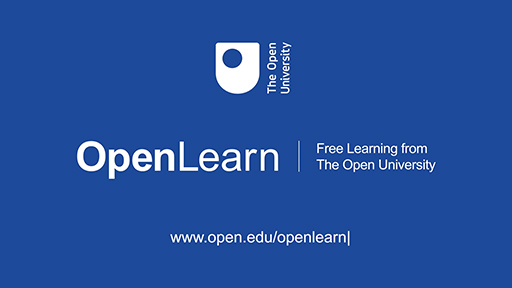2 Athletic identity: who am I?
As Alex Scott discussed in Activity 1, she had always been ‘Alex Scott, the footballer’.This is known as athletic identity and is ‘the degree to which an individual identifies with the athlete role’ (Brewer et al., 1993, p. 237).
Athletic identity can have a significant bearing on how an athlete copes with the transitions they may face in their career and underpins many of the psychological and emotional reactions they might experience. You will hear more about this in the next activity where Dr Josie Perry, a Chartered Sport Psychologist, talks more about why identity and transitions are so inextricably linked.
Activity 2 Athletic identity and transitions
Part 1
Watch the following video and as you listen to Josie talk about identity make notes on the following points:
- What are some of the positives Josie notes about having a strong athletic identity?
- What can be the negative implications of a strong athletic identity?
- What did the research Josie discussed note about professional athletes and retirement?
- What are some of the practical implications that Josie talks about when it comes to managing athletic identity?

Transcript: Video 3
Discussion
- Josie mentions how having a strong athletic identity can result in an athlete being highly focused, determined and motivated.
- The negative impact was discussed in relation to injury and how, when an athlete has a strong identity, they can suffer a range of negative emotions if they can no longer fulfil this identity.
- The research conducted by the BBC noted that up to 50% of professional athletes reported symptoms of depression in retirement largely down to not having a passion for something else. This further illustrates the impact a strong athletic identity can have.
- Some of the practical implications that Josie mentioned very much focused on encouraging the athlete to develop a more rounded identity so that if their athletic identity were to be disrupted they had something else to fall back on. This point is not just pertinent for sport psychologists but also for anyone who interacts with performers, for example, coaches, parents and fellow athletes. Encouraging a rounded identity is important and doesn’t need to be a distraction from an athlete’s sport if managed appropriately.
Part 2
Whether or not you are an athlete, you will still have more than one identity even if some identities feel more prominent than others. Think about the various different spheres of your own life – for example, your professional, family, social, sporting or cultural spheres. Then break down each sphere in order to work out just how many different roles you play.
One way of doing this would be to draw a mind map to describe your identity. Take a look at an example of the different roles Candice thinks she has in Figure 2, and then complete your own mind map to describe your identity.
Discussion
By reflecting on the different identities you have, you should have started to see how everyone juggles different roles. You may have noted identities related to your work, being a parent, the sport you play or coach, the other hobbies you partake in or even as a learner on this course. What is important to recognise is that even if you are an athlete with a strong athletic identity you will still have other roles in your life. As Josie explained in Part 1, these different roles can be extremely useful during transitional phases in sport to help athletes ‘still feel like themselves’.
Those with a strong athletic identity will define themselves almost exclusively in the athlete role (unidimensional), while someone with a weaker athletic identity might define themselves in a wider range of roles, for example athlete, parent, business person and so on (multidimensional). You will look at how a unidimensional athletic identity can be challenged when facing a transition in more detail next.

